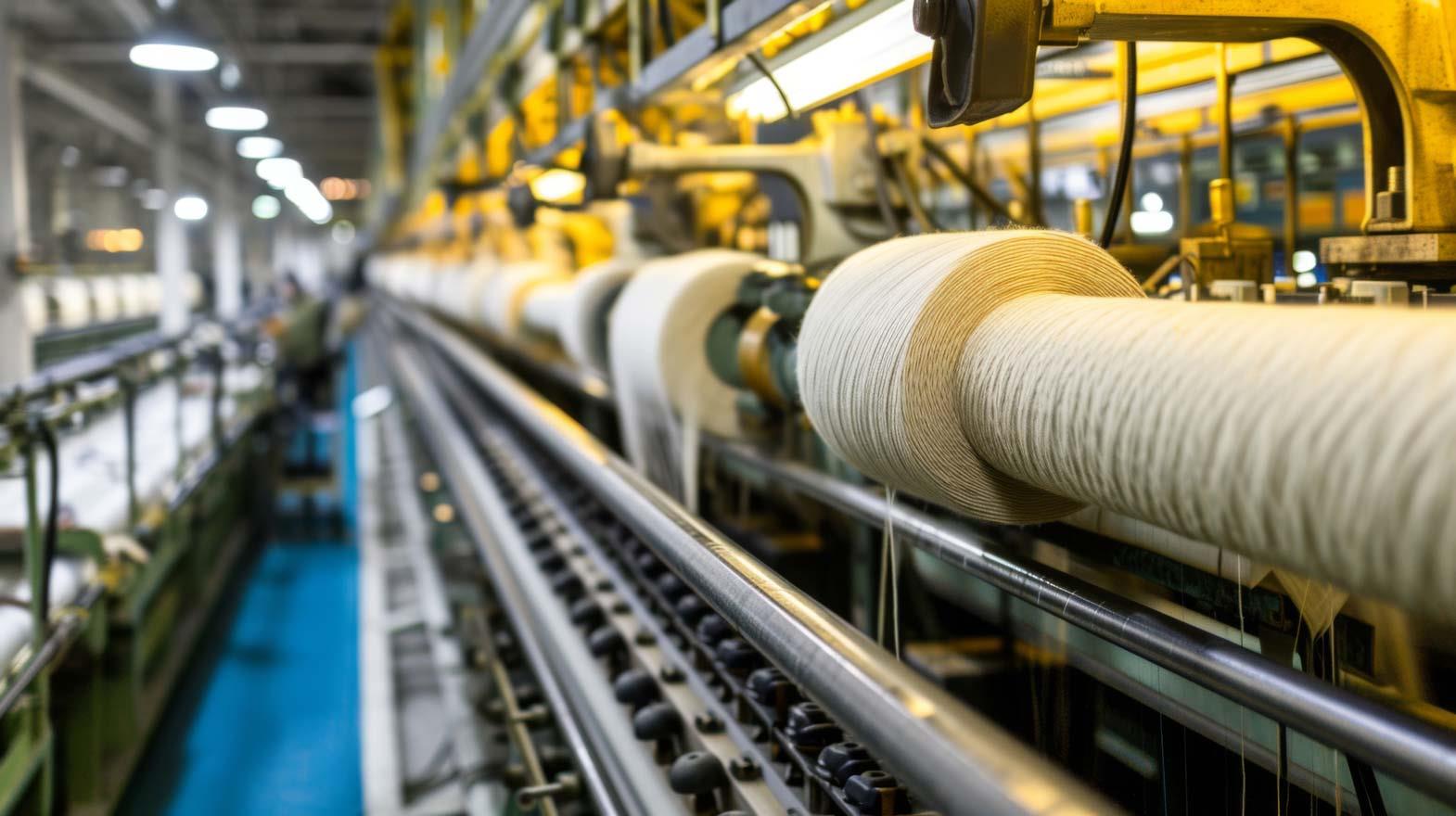The international business of textile machinery is supposedbe world's crucible for the highest form of technology, the highest standard ofquality, and the highest level of development. With the advent of technicalliteracy among the textile manufacturers there has been a consistentimprovement in the machines. Today the developing countries also ensure thatthe textile sector uses the latest technology to manufacture quality clothing.
Countries like Germany, Japan, United States of America,China, etc. are leading the world in technical growth as far as textile sectoris concerned. As a matter of fact, Germany is among the top countries intextile machinery advancements. It has occupied the topmost position withregard to size among the European Committee of Textile Machinery Manufacturers.The wide ranges of textile machineries and the secondary parts or equipmentmanufactured by the German companies have surpassed almost all the othercountries in the world. The German textile machinery manufacturers, comprisingof medium and small sized companies, exported machinery and equipment of 3.1billion Euros in the preceding financial year. The market of nonwovensmachinery and equipment is booming in Germany. The German machinery isespecially popular in China, which is the largest importer, followed by theUnited States, India, Turkey, Indonesia, Brazil, Bangladesh and, in some cases,Pakistan. The German textile machinery export is also important for theEuropean market.
Despite the economic meltdown, the purchasing power is onrise in developing nations like China and India, following which, thesecountries are expected to continue their machinery trade with Germany. Turkey,Brazil and Indonesia are also good markets for German textile machinery, asthere is an increased awareness regarding the quality and also the domesticmarkets are also on rise in these countries.
The rise in technical textile has also ensured that theGerman companies earn profits by exporting technically advanced machinery toChina, United States of America, Mexico and India. The textile sectorinvestment in other countries has also improved. Today companies from China areinvesting in Bangladesh and Vietnam, following which there is rise in demandfor textile machines. Developed countries have also experienced a consistentgrowth in demand for textiles and this has paved way for the need of moresophisticated and result-oriented machines. The German machines have proven tobe a boon for such countries. Apart from technical textile machinery, theGerman companies have been exporting spinning, weaving, knitting and finishingmachinery since several years. The spinning machines export has registered arise, whereas, the knitting machinery export has reported a decline of 29percent in last couple of years.
Germany's closest competitors are Switzerland and Italy;however, at least in comparison to Italy, Germany has reported larger turnover.In terms of sustainability, German textile machines are second to none. Thecountries that purchase German textile machinery and equipment benefit in termsof cost in long run. The primary cost for a German machine pays off after a fewyears following low maintenance costs and reliability in production. Globally,there are not many suppliers that can compete with the superiority andsustainability associated with German technology.
The overall business reported by the German Engineering
Federation (VDMA) Textile Machinery Association reveals that more and more
countries need cost-effective, sustainable and technically advanced machines to
produce textiles required for automobiles, medical and hygiene industries. The
goodwill that the German technology has earned in all these years is mainly
because the machines last longer. The automobile and medical sectors are the
main markets that the German textile machinery manufacturers are exploring
especially in countries like China, India and Vietnam. The machinery
manufacturers in Germany have sustained the growth in Asian sub-continent with
exports to Asia amounting to 40 percent. U.S.A. is another largest buyer of
German textile machinery and Hong Kong, the Czech Republic and Saudi Arabia
have also been importing machines from Germany. China, the U.S.A. and France
represent approximately 5 percent of the entire German machinery exports. The
German companies play a strong role in the Russian market and approximately 22
percent of all imported machines are from Germany, followed by China with 13
percent and Italy with 11 percent.
As per the analysis by Global Industry Analysts (GIA), the
textile machinery global market would reach approximately US $ 22.9 billion by
the end of 2017. This substantial shift will be witnessed as the traditional
machinery will be replaced by advanced technology. Another positive news for
the German textile machinery manufacturers is that by the end of the year 2014
an increasing textile market development is expected, which would in turn raise
the demand for advanced machinery. The German exhibitors from the finishing
machinery segment are also anticipating growth of the Asian textile market in
both the short-term and the long-term perspective until the end of 2014.
The secret of present achievements and future hopes of German
textile machinery manufacturer lies in the overall development of global
textile sector. The significance of improving in technical terms has also
ensured that the German machines find an apt place in global textile industry.
References:
1. Textileworld.com
2. Yarnsandfibers.com
3. Ptj.com
Image Courtesy:
1. Knittingindustry.com








Comments